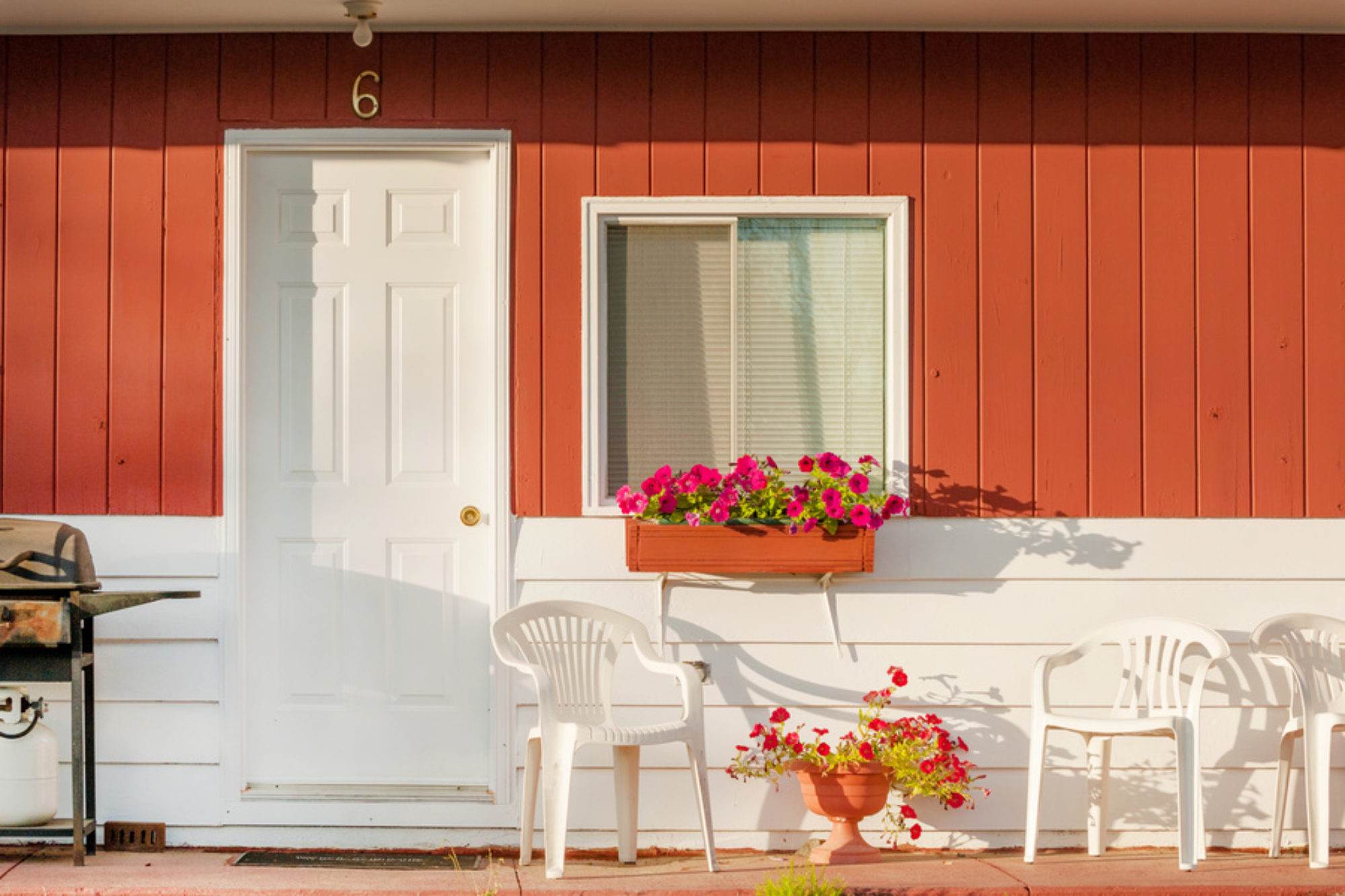DIY Concrete Patio and Concrete Foundation
Whether you decide to create a basic rectangle, or something more ornate, concrete patios are a super versatile way to create a durable, long lasting structure in your yard. By constructing one, you will have a new place to enjoy outdoors, which adds a lot of aesthetic and monetary value to your property. Because of its durability, these structures are super versatile, and can be used for a myriad of activities, from sports, to leisure. You can either do it yourself, or hire a concrete contractor to construct it.

Outline Your Concrete Patio
You will need to survey the area that you’ve selected for your patio before you start. If you choose an area that isn’t level, you will need to flatten the site. This can be accomplished with or without an excavator. However, even if it appears flat, it’s best to use tools for measurement, since your eye can be deceiving. A simple way to do this is to place stakes around the perimeter where you want it to be, which you will fix with mason’s strings between. Then, take a line level, and make sure the strings are all at an equal height. Evaluate the line-to-ground measurements of two of the stakes, and divide the difference in inches by the distance between the two stakes in feet. If this results in an angle of more than one inch per foot, then you will have to flatten the area. However, to keep rain from pooling, it’s smart to leave a slight angle away from any structures, so that it doesn’t result in flooding.
Create A Concrete Patio Foundation
Once you have done all the measurements, it’s time to start digging. You will want to dig 6 inches into the ground below the area that you have stringed off. This can be super laborious, so be patient. For the most intense dirt, a square-end shovel is your best hope.
Once you have dug this out, add a layer of QUIKRETE All Purpose Gravel to provide a solid foundation. Add this gravel at a thickness of roughly 5 inches, and compress it down to 4.
The next step is create the wooden frame, also known as the form, that will contain the mix when you pour it. Align 2×4 boards on the stone, on the edge of the string barrier. Because the wooden form has to be equal to the dimensions of the project area, you will want to place the 2×4’s so that their inner edges are placed right below the strings. To secure the boards, hammer in a foot long stake every 3 feet or so on the outside of the boards. You will want to secure the stakes to the form with screws. Once everything is level, screw everything together.
Before you begin pouring, you will want to coat the wooden boards with a commercial release agent, so the mix doesn’t bond with the wood.
Pour Your Concrete Foundation
Now that you have set your guides for pouring, it’s time to actually set the patio. Mix following the instructions from the manufacturer. Next, pour the mixture in mounds separated evenly from one another. Once this is done, use a hoe to spread the piles evenly over the dimensions set by your form. Leveling it out doesn’t require any special tools except for another 2×4. Drag it over the spread out mixture, using a level to make sure it fits the correct parameters. Make sure to fill any holes that arise during this process by shifting it around with the 2×4.
Level Your Concrete Patio
After your everything is leveled, you will want to use a stiff-bristled broom to brush over the area, creating contours that make the surface not slippery. In order to allow for the expansion and contraction that will come from seasonal change, you should use a groover in order to create control joints. These should be placed every 10 feet in every direction, and cut to a quarter of the depth of the slab. To prevent water from eroding and staining your concrete patio, it’s smart to apply an acrylic cure and seal. This also eliminates the need to do a water cure on your patio. If you’re thinking of adding a stucco wall as a finishing touch, see our blog post about stucco repairs.
Consider A Concrete Contractor
If this is laborious, it would be smart to hire a concrete contractor. If you have concrete repairs or need to do something additional, like a concrete driveway, a contractor is a good move.
